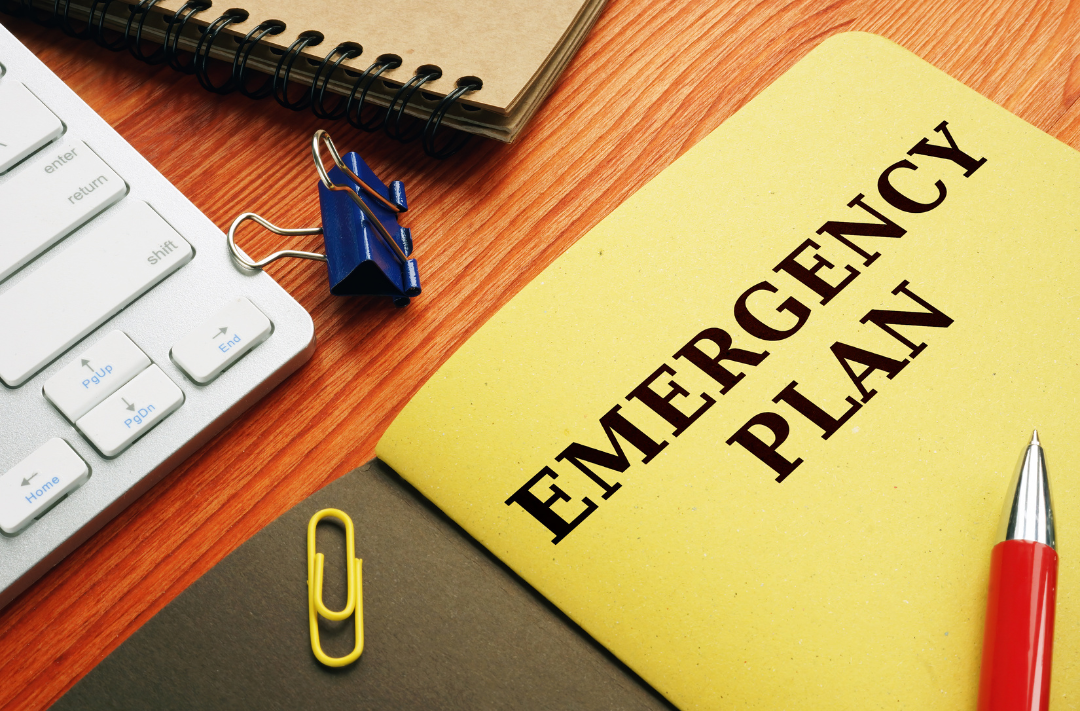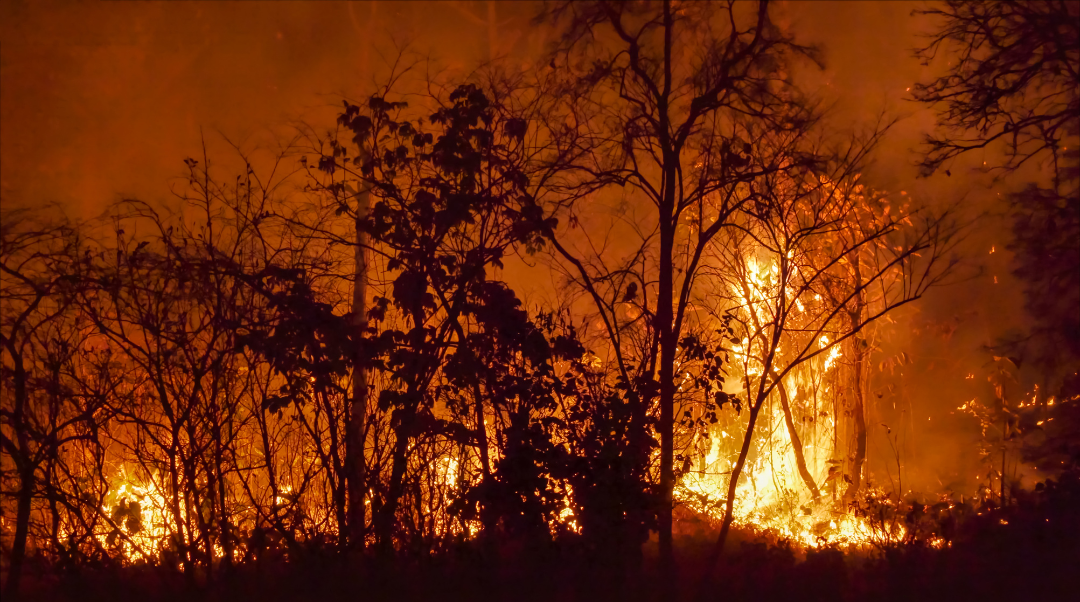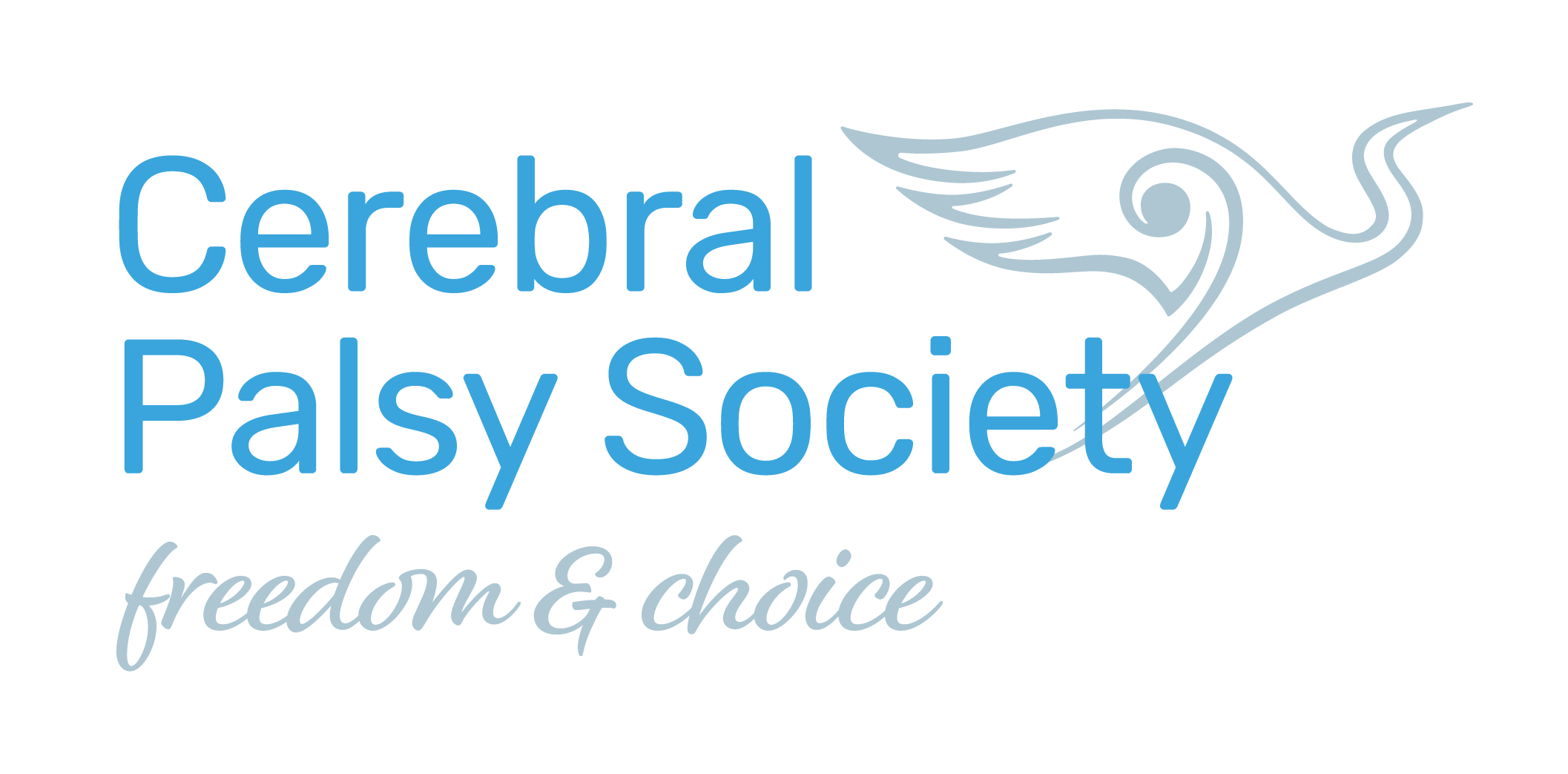NEWS & UPDATES
Preparing for an emergency
28 May 2025
By Amy Hogan

Disaster preparedness can be overwhelming when viewing all the things that need to be done for an abstract event that hasn’t happened yet.
However, starting to prepare can be as simple as having conversations about evacuating your home in a hurry or how to connect with caregivers during unexpected events.
Preparing people and resources can happen over time and as finances and availability allow.
New Zealand has been subject to a number of weather events that has brought the need for emergency planning amongst disabled people and their whānau into public and government consciousness.
A number of organisations, including regional councils, are working to produce resources and guidelines for emergency preparedness for events such as fire, flooding, and earthquakes.
If you would like to know more in-depth information, there are typically regional experts who focus on emergencies and different requirements in areas across New Zealand. For example, assessing flood risk in newer Auckland development areas or the ongoing sustainability of the Christchurch rebuild.

General emergency preparations
Please note: Not all of this needs to be done at once. You and your family can slowly start gathering information and resources as the opportunity arises.
- Ensure you have a bag to transport medication, preferably one that is durable, waterproof, and easy to carry. If you have multiple medications, consider stocking a medication organiser/pill box.
- Before any emergency happens, consider the easiest way to leave the house. Know your neighbours so they can assist you with exit routes and moving from your house to the street.
- Consider storing extra mobility device equipment such as chargers or batteries for communication devices and a puncture repair kit for wheelchairs.
- Where possible, look into the storage requirements and expiration dates for any specialist food, and the feasibility of having supplies long-term, e.g. supplemental nutrition such as Ensure etc. Consider having an extra supply of special food or dietary needs.
- Consider easy access to a backup wheelchair or mobility device (if you have one).
- Be prepared with extra food for any service animals.
- Check with your funding provider – they might fund emergency kits.
Emergency preparedness may look different depending on the individual’s situation or emergency event. It can be challenging to predict needs in advance because official advice may differ on the day. But one of the important things is to know the steps for individual safety and keeping in contact with people.

Actions on the day
- Where possible, focus on a few trusted news sources (websites or radio). The information will be changing rapidly and not all sources may update at the same time. It’s usually a good idea to start with the government and Civil Defence sources as they are typically verified.
- People who are helping you with disability related tasks, e.g. moving equipment or yourself, may be under pressure themselves and not at their best. Giving simple directions to how they can help may be useful, e.g. I need help with balance.
- Depending on the situation, internet or cell service may be disrupted. It may be a good idea to have key information about your location drafted so that you can send it when regular services resume.
- If or when you are moved to temporary accommodation or safety, e.g. school hall or marae, ask questions so you know how to use the space. E.g. where are the accessible exits and bathrooms.
- During times of high stress and uncertainty, people with disabilities can be at risk of their fundamental personal care routines being severely disrupted. If possible, once the immediate danger is over, have a supply of water available and high protein snacks to keep up energy throughout the waiting period.
- While emergency situations and services are being reviewed on the immediate crisis, there can be considerable waiting around and huddling with people. When you have Cerebral Palsy – Hōkai Nukurangi, temperature regulation can be a problem. Keep an eye on your layers of clothes and access to water or hydration.
- It is likely that you or your family member may have to spend more time than normal in your wheelchair or seated in one position. Where possible, ease out your joints to limit the experiences of spasm, cramps, and pressure points. Even slight movements can help with blood flow.

New Zealand specific information sources and websites
- Civil Defence NZ: Home » National Emergency Management Agency
- Get Ready NZ: Home — Get Ready (NZ Civil Defence) — Emergency preparedness in New Zealand
- Guide for Disaster preparedness for people with disabilities
- Whaikaha: Emergency preparation and support | Whaikaha – Ministry of Disabled People
International resources
Our colleagues in Australia have been working on climate response and emergency preparedness for many years in response to their flood and fire events. One of the resources they have prepared is an emergency preparedness workbook. There is a lot of information in the workbook, which can be overwhelming, but filling it in can be done in stages – and is a worthwhile exercise.
If you would like further information on this topic or the resources cited, feel free to email me: amy@cpsociety.org.nz.
 * Amy Hogan is the Cerebral Palsy Society’s Researcher and Member Support Advisor.
* Amy Hogan is the Cerebral Palsy Society’s Researcher and Member Support Advisor.

